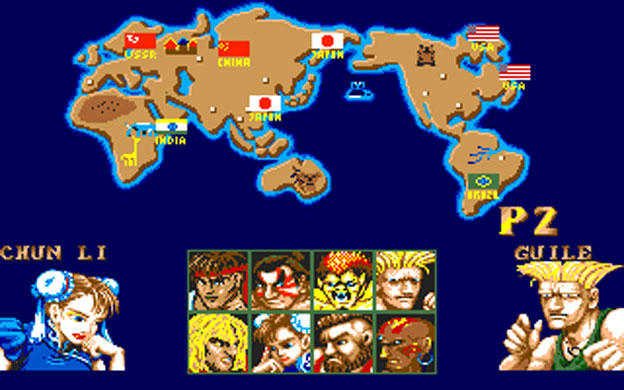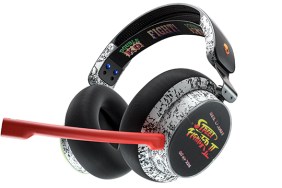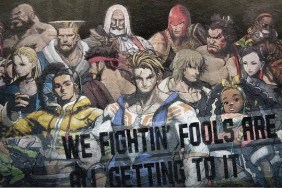"The 10 Most Influential Retro Games" is a feature series that will run daily for the next two weeks, between 12/3/12 to 12/14/12 on weekdays, with each day highlighting one of our ten picks in an unranked order. Follow our tagged page for Most Influential Retro Games to view the entire list.
So far, Game Revolution has featured Adventure, Tetris, Pong, Super Mario Bros., Metroid, Wolfenstein 3D, Spacewar, and Zork. ~Ed. Nick
Zangief, Chun-Li, Ryu, Ken, E. Honda, Dhalsim, Blanka, Guile, Vega, Balrog, Sagat, M. Bison. All of those cameos came right off the top of my head as I looked at the title of the single most influential fighting game ever: Street Fighter II. They were the first eight fighters I spent serious time with (and I played it in DOS first!), and I admit I was entirely hooked. And so was the rest of the gaming world.
The argument could be made that the other fighting games that came first should have this most influential title, games like Yie Ar Kung Fu, Karate Champ, Art of Fighting, or even the original Street Fighter—and yes, for those of you who might not know and wondered, there was an original SF—but what made SFII so special was the use of special techniques from fighters with vastly different backgrounds and represented the entire world. And each of them had special moves that were easy to pull off by the average player. And, unlike many of the games in our "Most Influential" list, it's really because SFII became so popular that its influence began and spread like wildfire.
Around the same time as its release was a general style and presentation rival, Mortal Kombat. From the war the two had (and to a lesser extent, the many SNK series like Art of Fighting and King of Fighters), the fighting game genre transformed from an off-shoot of the side-scrolling genre into a fully-fledged genre of its own. Early entries were rudimentary at best. Yie Ar Kung Fu, for example, only had a punch-kick-jump combination of fighting. Those early examples required basic senses of timing and weren't particularly exciting. But when Street Fighter II came down the pipeline combining multiple fighting styles with easily-produced fireballs, Sonic Booms, and Hundred-Hand Slaps, it grabbed players by the throats and had others lining up their quarters for a turn.
At that point, arcades had been declared "dead." Before the game industry collapsed in the early 1980s, during the "Golden Age," there was a stark difference in quality between the games released at home and games released for the arcade. It was simply too expensive to port games perfectly between the two up until that point (and even up to that point, case in point being the Neo Geo home console), so when parts started getting cheap to manufacture revenues started to plummet. But as Street Fighter II was introduced and growing in popularity, the popularity of a room filled with blinking screens and oddball characters started once again… in some ways, bigger than it had ever been.
It was short-lived, though, and as the '90s came to a close so did many arcades. But even today, if you head to the local bowling alley or any location with games in it, you're bound to find remnants of that community that built up first around SFII, then the different incarnations of the genre both in 2D and 3D; Marvel vs. Capcom, Tekken Tag Tournament, Virtua Fighter, and later incarnations of King of Fighters (one of my personal favorites). Not only did it revamp the arcade scene and give us eight "main" characters many of us can name off the top of our heads, it gave the world one of the most dedicated fanbases in the gaming world.
And let the comments about how Chun-Li was hot… BEGIN! (If they're going to, I like you too much to make too much fun.)







